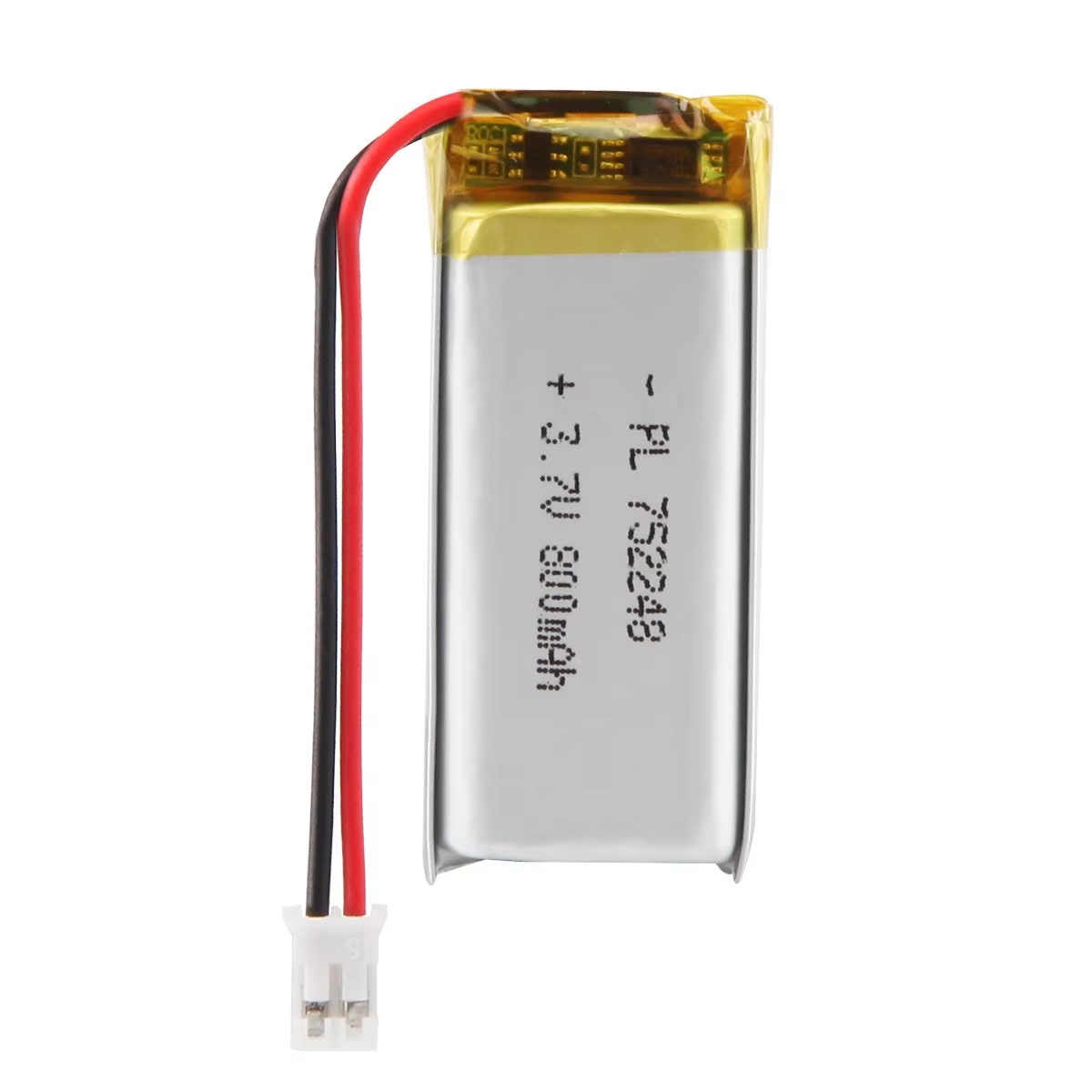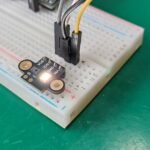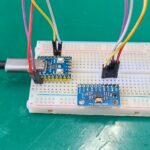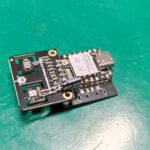I found an easy (and cheap) way to power Arduino and ESP32 with batteries. Everything is available on Aliexpress, you just have to find it. I will show you all parts of the desired circuit, from the power connector all the way to the energy converters.
Talking about the topology, basically we have input power either from USB (micro or C) or P4 barrell jack, your choice. Make it at least one (1) ampere that you are safe. Then we use a TP4056 battery charger to control and safeguard the battery, which is a hobby Li-Po (Lithyum polymer) with embedded BMS one. Can be any current capacity, e.g from 150mAh to 1100mAh.

Different current capacities will only mean the time it takes for the batteries to charge will vary. Next step is defining what is the voltage level you want to achieve. That will dictate which converter you will have to buy, either buck-boost, buck or boost.
Here we can make an observation: some designers suggest using a AMS1117-3.3 LDO (low drop out), a linear converter. I go against that since when the battery starts depleting, its voltage goes too close (or even below) 3.3V and the circuit stops working. This is why I recommend a buck-boost or boost converter.
The proposed circuit
I have put the proposed circuit below, with three output options. You don’t have to use all three, just connect the one you need at the time.

Now let’s name the cows!. The red board is a buck-boost from 2 to 6V, output 3.3V fixed, 600mA. You can find it by “S08 buck boost“. Green one is a 0.9-5V to 5V boost circuit, 600mA, found as “0.9-5 to 5V“. Finally the blue one is a boost converter with output 2-28V 2A, found as “HW-668“.
Impressions
I have used all three output options in projects for the blog, with interesting results. None of my projects were demanding of power (I did no make neither a drone nor a RC car), all were just miliamps consuption level. Charging time for a battery like the one cited here (800mAh) is over one hour, slow and sure.
Have a look at this recent project, using the 5V boost circuit board. Do you use another strategy to power your Arduino projects with batteries? tell me in the comments below.






Leave a Reply